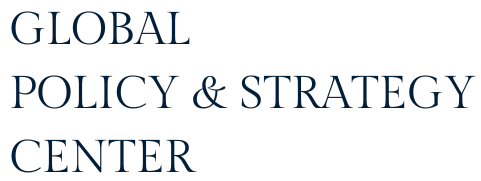Social equity and inclusion are foundational principles in contemporary society. They encompass the ideals of fairness, justice, and the active participation of all individuals in a community. However, achieving true social equity and inclusion is a complex and ongoing process, often requiring intentional efforts to bridge divides that hinder progress in these areas.
Understanding Social Equity and Inclusion
Social equity is the fair distribution of resources, opportunities, and responsibilities among all members of a society. It seeks to address disparities based on race, gender, socioeconomic status, disability, or any other characteristic that may lead to discrimination or exclusion. Social equity strives to ensure that everyone has a fair chance to succeed, unburdened by systemic disadvantages.
Inclusion, on the other hand, is the practice of actively involving all individuals, regardless of their background or characteristics, in the processes and activities of their community. It goes beyond mere diversity and demands that individuals from diverse backgrounds feel valued and respected. Inclusion seeks to remove the barriers that may prevent individuals from participating fully in all aspects of life.
The Importance of Bridging Divides
To advance social equity and inclusion, it’s crucial to bridge divides that exist at various levels of society. These divides can manifest in numerous ways:
- Economic Disparities: Income inequality and unequal access to economic opportunities can perpetuate social inequities. Bridging these divides means addressing economic disparities through policies and programs that promote job access, fair wages, and equal economic opportunities for all.
- Educational Gaps: Unequal access to quality education can hinder social equity. Bridging educational divides requires ensuring that all individuals, regardless of their background, have access to high-quality education and the resources needed to succeed academically.
- Health Disparities: Access to healthcare services and the quality of care can vary widely among different communities. Bridging health divides means promoting affordable healthcare and addressing the social determinants of health to ensure that everyone has the opportunity to live a healthy life.
- Criminal Justice: The criminal justice system can disproportionately impact marginalized communities. To promote social equity and inclusion, reforming the criminal justice system to reduce biases, provide fair trials, and focus on rehabilitation is essential.
- Access to Housing: Housing inequality can lead to segregation and unequal access to safe and affordable housing. Bridging these divides means addressing housing discrimination, increasing affordable housing options, and ensuring housing stability for all.
Strategies for Advancing Social Equity and Inclusion
Bridging divides and advancing social equity and inclusion require multifaceted approaches:
- Policy Changes: Implementing and strengthening policies that promote social equity and inclusion at local, state, and national levels is essential. This can include anti-discrimination laws, affordable housing initiatives, and educational reforms.
- Community Engagement: Actively involving communities in decision-making processes and encouraging civic participation is crucial. Communities often know best what their specific needs are, and their input is invaluable in shaping policies that promote equity and inclusion.
- Education and Awareness: Raising awareness about issues related to social equity and inclusion is vital. Educational programs and campaigns can help dispel stereotypes, reduce biases, and foster a more inclusive society.
- Employment Opportunities: Creating equitable employment opportunities and addressing workplace discrimination is essential. This can involve implementing diversity and inclusion programs and addressing wage gaps.
- Healthcare Access: Expanding access to quality healthcare and addressing disparities in healthcare outcomes is paramount. Healthcare policies and programs that focus on vulnerable populations can help bridge divides.
- Criminal Justice Reform: Reforming the criminal justice system to eliminate biases and promote rehabilitation is a significant step toward achieving social equity. Reducing mass incarceration and focusing on restorative justice can be key components of these efforts.
Measuring Progress
Measuring progress in advancing social equity and inclusion is critical. To assess success, indicators related to economic opportunity, education, healthcare access, criminal justice outcomes, and more must be tracked over time. Data-driven assessments can help identify areas that need improvement and guide policies and programs effectively.
Conclusion
Bridging divides and advancing social equity and inclusion is a global imperative. It demands collective efforts from governments, communities, and individuals. As we strive to create a fair and inclusive world, addressing disparities and promoting equity in all aspects of life remains a shared responsibility, and progress in these areas benefits everyone in society.
